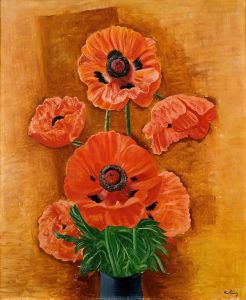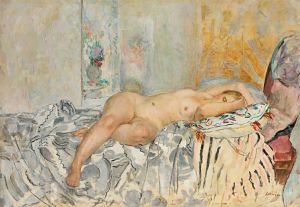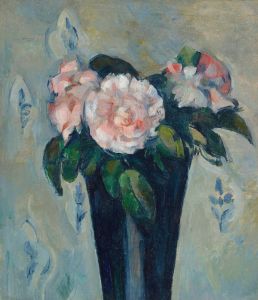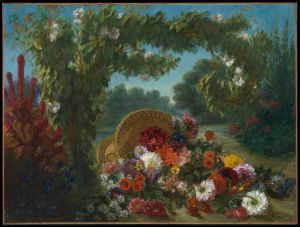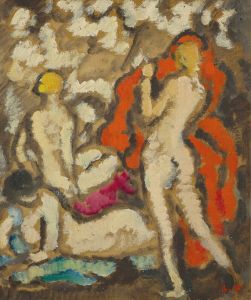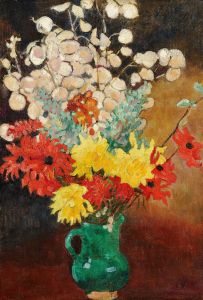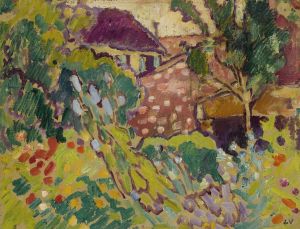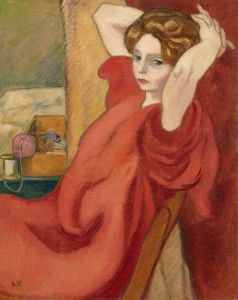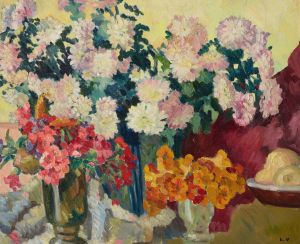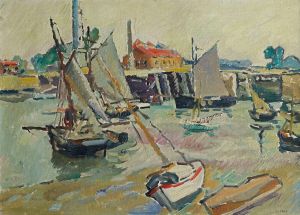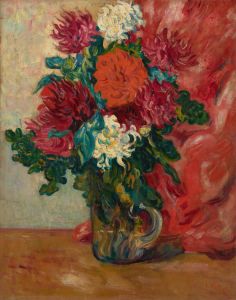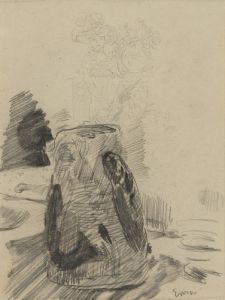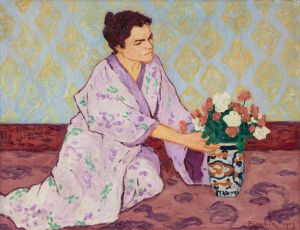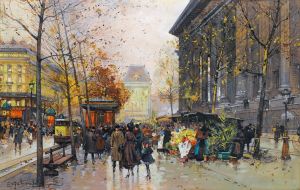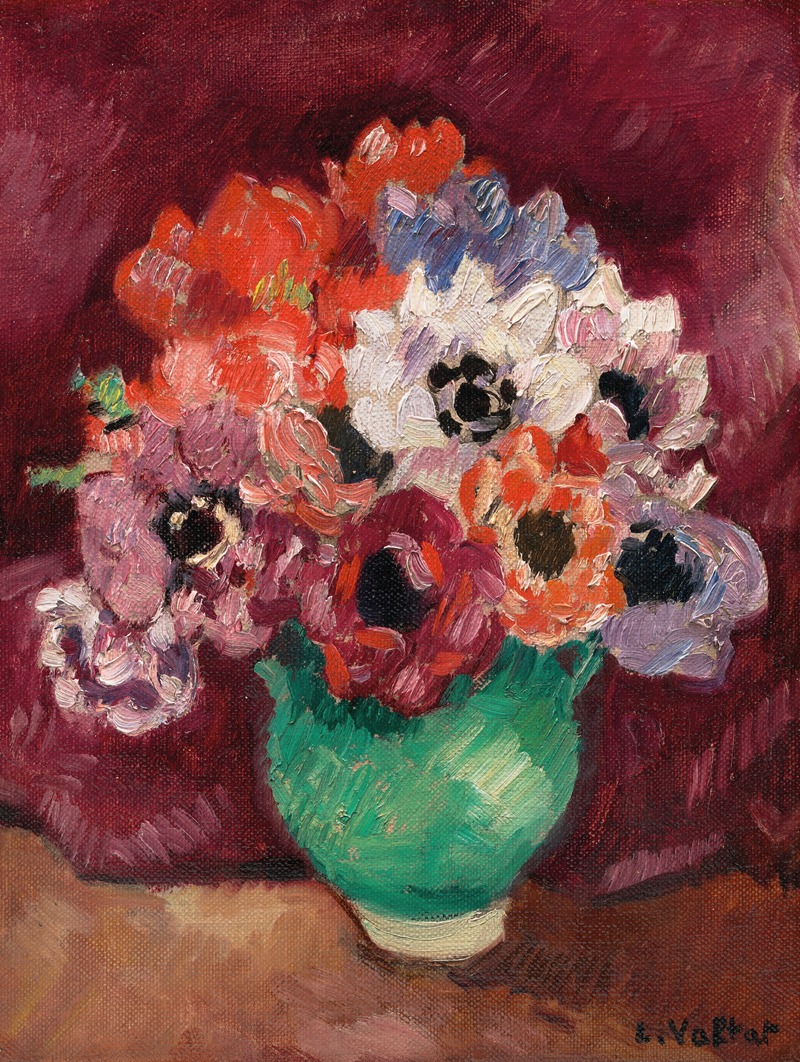
Anémones au pichet vert sur fond bordeaux
A hand-painted replica of Louis Valtat’s masterpiece Anémones au pichet vert sur fond bordeaux, meticulously crafted by professional artists to capture the true essence of the original. Each piece is created with museum-quality canvas and rare mineral pigments, carefully painted by experienced artists with delicate brushstrokes and rich, layered colors to perfectly recreate the texture of the original artwork. Unlike machine-printed reproductions, this hand-painted version brings the painting to life, infused with the artist’s emotions and skill in every stroke. Whether for personal collection or home decoration, it instantly elevates the artistic atmosphere of any space.
Louis Valtat was a French painter associated with the Fauvist movement, known for his vibrant use of color and expressive brushwork. Born on August 8, 1869, in Dieppe, France, Valtat was a contemporary of artists such as Henri Matisse and André Derain. He studied at the École des Beaux-Arts and the Académie Julian in Paris, where he developed his distinctive style that combined elements of Impressionism and Post-Impressionism.
"Anémones au pichet vert sur fond bordeaux" is one of Valtat's notable works, showcasing his mastery in depicting still life compositions. The painting features a bouquet of anemones arranged in a green pitcher, set against a rich burgundy background. This choice of color palette is characteristic of Valtat's work, emphasizing bold contrasts and a vivid sense of depth.
Valtat's approach to still life was influenced by his interest in capturing the essence of his subjects through color and form rather than detailed realism. In "Anémones au pichet vert sur fond bordeaux," the anemones are rendered with loose, expressive brushstrokes that convey a sense of movement and vitality. The green pitcher serves as a focal point, its solid form contrasting with the delicate petals of the flowers. The burgundy background adds warmth and intensity to the composition, enhancing the visual impact of the flowers.
Throughout his career, Valtat was influenced by the developments in modern art at the turn of the 20th century. He was associated with the Fauves, a group of artists known for their radical use of color and bold compositions. Although Valtat's work shares similarities with Fauvism, he maintained a unique style that set him apart from his contemporaries. His paintings often exhibit a harmonious balance between color and form, reflecting his interest in both the decorative and expressive potential of art.
Valtat's contributions to the art world were recognized during his lifetime, and he participated in several important exhibitions. He exhibited at the Salon des Indépendants and the Salon d'Automne, where his work was well received by critics and collectors alike. Despite his association with the Fauves, Valtat's work also drew inspiration from other movements, including Impressionism and Symbolism, which is evident in his diverse body of work.
"Anémones au pichet vert sur fond bordeaux" exemplifies Valtat's ability to transform a simple still life into a dynamic and visually engaging composition. His use of color and form invites viewers to appreciate the beauty and complexity of everyday objects, highlighting the artist's skill in capturing the essence of his subjects.
Today, Louis Valtat's paintings are held in numerous public and private collections around the world. His work continues to be celebrated for its vibrant color, expressive brushwork, and innovative approach to traditional subjects. "Anémones au pichet vert sur fond bordeaux" remains a testament to Valtat's artistic vision and his contribution to the development of modern art.





